Growing Geriatric Population
The increasing geriatric population is a significant driver for the Adhesion Barrier Market. Older adults are more likely to undergo surgical procedures due to age-related health issues, which subsequently raises the risk of developing postoperative adhesions. It is projected that by 2030, the number of individuals aged 65 and older will reach approximately 1.4 billion, creating a substantial demand for effective adhesion prevention strategies. This demographic shift is prompting healthcare systems to prioritize the use of adhesion barriers in surgical settings, thereby driving market growth. The Adhesion Barrier Market is poised to benefit from this trend as healthcare providers seek to improve surgical outcomes for the aging population.
Increasing Surgical Procedures
The rising number of surgical procedures across various specialties is a primary driver for the Adhesion Barrier Market. As surgical techniques advance, the incidence of postoperative adhesions has become a significant concern. It is estimated that approximately 93% of patients undergoing abdominal surgery develop adhesions, which can lead to complications such as chronic pain and bowel obstruction. This alarming statistic underscores the necessity for effective adhesion barriers. The market is projected to grow as healthcare providers increasingly recognize the importance of preventing adhesions to enhance patient outcomes. Consequently, the demand for adhesion barriers is likely to rise, propelling the Adhesion Barrier Market forward.
Supportive Regulatory Framework
A supportive regulatory framework is fostering growth in the Adhesion Barrier Market. Regulatory bodies are increasingly recognizing the importance of adhesion barriers in surgical procedures, leading to streamlined approval processes for new products. This regulatory support encourages innovation and the introduction of novel adhesion barrier solutions. Furthermore, the establishment of guidelines for the use of adhesion barriers in various surgical specialties is likely to enhance their adoption. As a result, the market is expected to witness a surge in new entrants and product offerings, contributing to a competitive landscape that benefits healthcare providers and patients alike.
Rising Awareness of Postoperative Complications
There is a growing awareness among healthcare professionals and patients regarding the complications associated with postoperative adhesions, which is driving the Adhesion Barrier Market. Educational initiatives and clinical studies highlighting the risks of adhesions have led to increased demand for preventive measures. As a result, hospitals and surgical centers are more inclined to adopt adhesion barriers as a standard practice. This shift is reflected in market data, which indicates that the adoption rate of adhesion barriers in surgical procedures has increased by approximately 15% over the past few years. This trend suggests a proactive approach to managing postoperative complications, thereby bolstering the Adhesion Barrier Market.
Technological Advancements in Adhesion Barriers
Technological innovations in the development of adhesion barriers are significantly influencing the Adhesion Barrier Market. Recent advancements include the introduction of bioresorbable materials that not only prevent adhesions but also promote healing. These materials are designed to dissolve over time, reducing the need for additional surgical interventions. The market for adhesion barriers is expected to expand as these technologies become more prevalent, with a projected growth rate of around 8% annually. This growth is indicative of the increasing acceptance of advanced materials in surgical applications, which enhances the efficacy of adhesion barriers and improves patient safety.
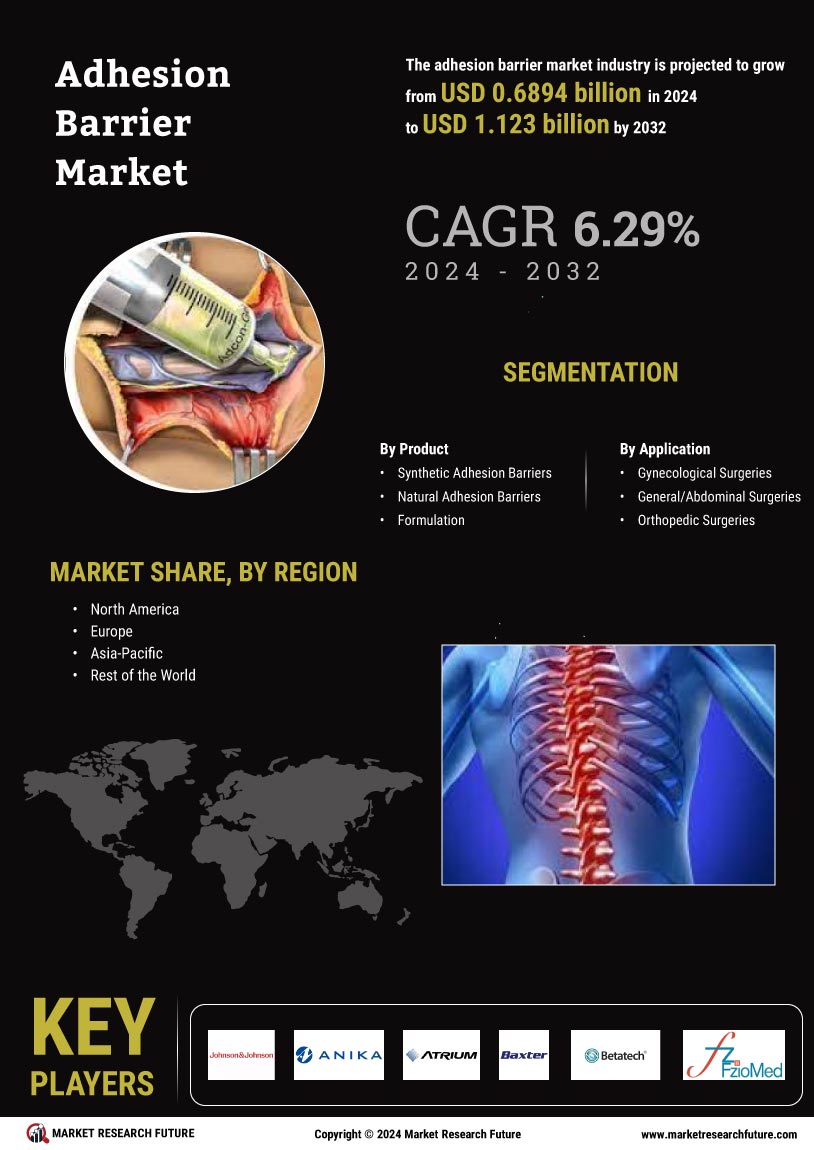

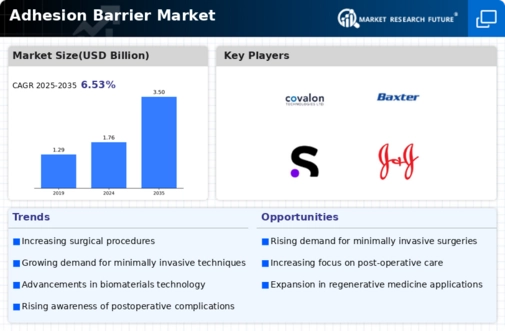
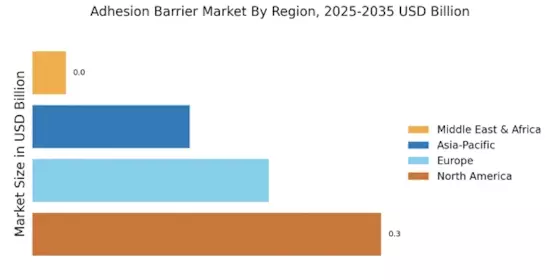
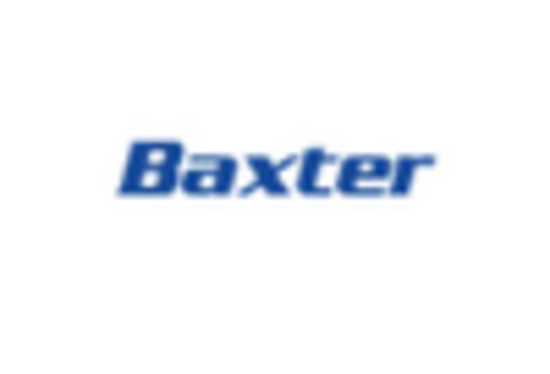
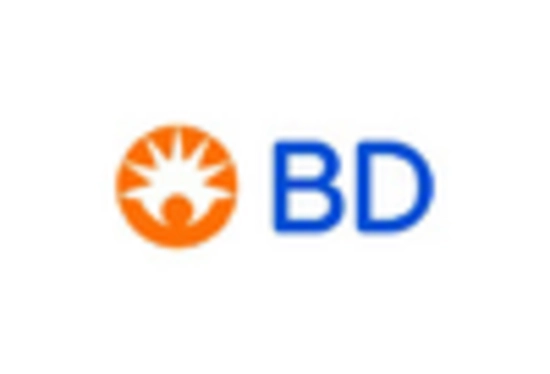
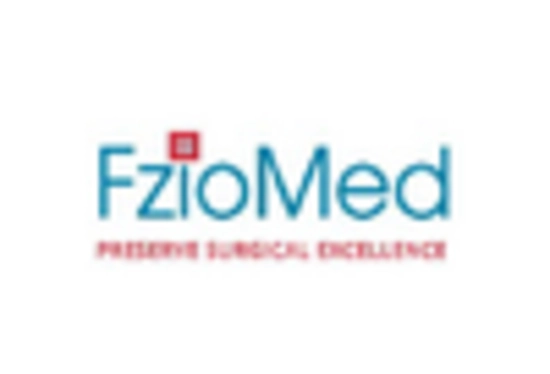
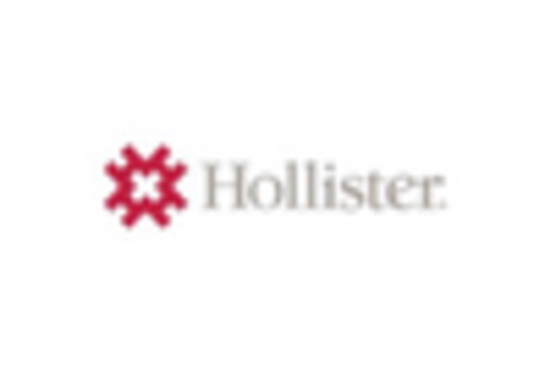










Leave a Comment